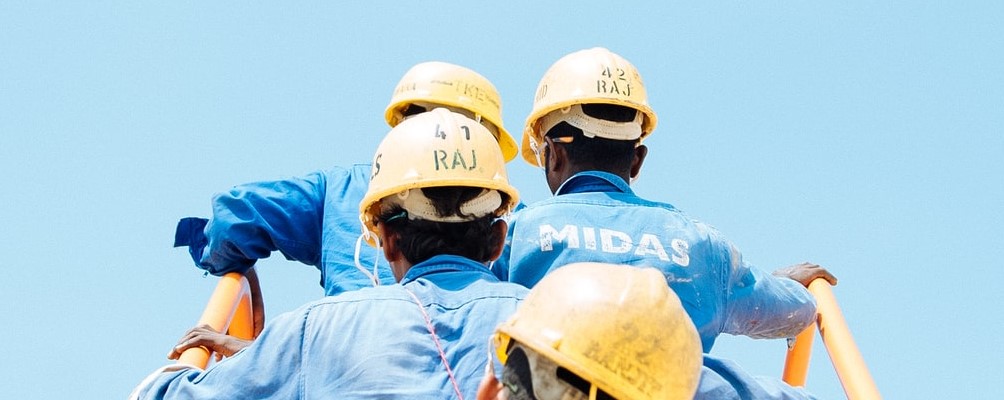
Enforcing Safety Initiatives in Construction
Companies in the construction industry have to prioritize worker safety on an ongoing basis. And depending on the nature of your projects, some construction environments are more dangerous than others. Of course, you’ll be mindful of OSHA guidelines to maintain compliance. But are there other safety initiatives you could be enforcing to improve the overall safety of your teams? Here are a few safety suggestions you might consider incorporating into your safety policies on the job site, in the office, and anywhere your teams may travel.
OSHA Promotes Core Safety Initiatives
It’s always best to make OSHA recommendations the foundation of your construction company’s safety protocol. These include the seven core elements of safety, as they’re established across the company. Every safety initiative should include safety-focused efforts in management leadership, hazard identification, worker participation, hazard prevention, safety education, program improvement, and ongoing communication.
Other Safety Precautions Construction Companies Should Consider
As you re-evaluate your construction company’s safety policies, there are a few specific safety measures to incorporate. Verify that each of these safety initiatives is well-defined and is represented among your requirements.
· Seatbelt requirements for vehicle and heavy equipment operation
· Inspection mandates for all equipment and tools prior to use
· Fall protection measures are enforced for any work performed at heights
· Identifying and avoiding blind spots when vehicles or equipment is involved
· Recognizing “harm’s way” and taking steps to avoid any “line of fire” or unsafe positioning
· Enforcing clean work environments
· Ensure all chemicals are properly stored and labeled
· Have a robust hazard communication policy
· Be diligent about stopping work the moment a hazard is identified
Having these, or some variation of these, outlined within your safety policy will ensure you continue to promote and prioritize the safety of your construction workers, both on and off-site.
Managing Safety Initiatives
Setting up your safety protocols can’t be a “one and done” process. You’ll want to also execute a strategy that allows key management staff to monitor ongoing safety initiatives to identify areas of improvement. This process may include collecting feedback from staff or direct supervision of projects and job sites. Talk with your foremen and management teams about their ideas for improving safety. And assign responsibility to those in key roles to monitor the proper execution of safety protocol.
How an Ethics Hotline Can Help
Since you can’t be everywhere or on every job site all the time, it’s impossible for one construction leader to catch every violation. A proven solution involves implementing the ethics hotline. An ethics hotline is often associated with anonymous reporting of workplace ethics violations, like fraud, harassment, or discrimination. However, it’s also an incredible method for ongoing safety monitoring since construction employees and workers can report safety concerns or unsafe behaviors on the job.
Are your safety initiatives enough to protect your construction teams? Consider some of these additional steps to add to your policy. And let Ethical Advocate help you incorporate an ethics hotline to ensure you have every resource in place to ensure on-the-job safety.
